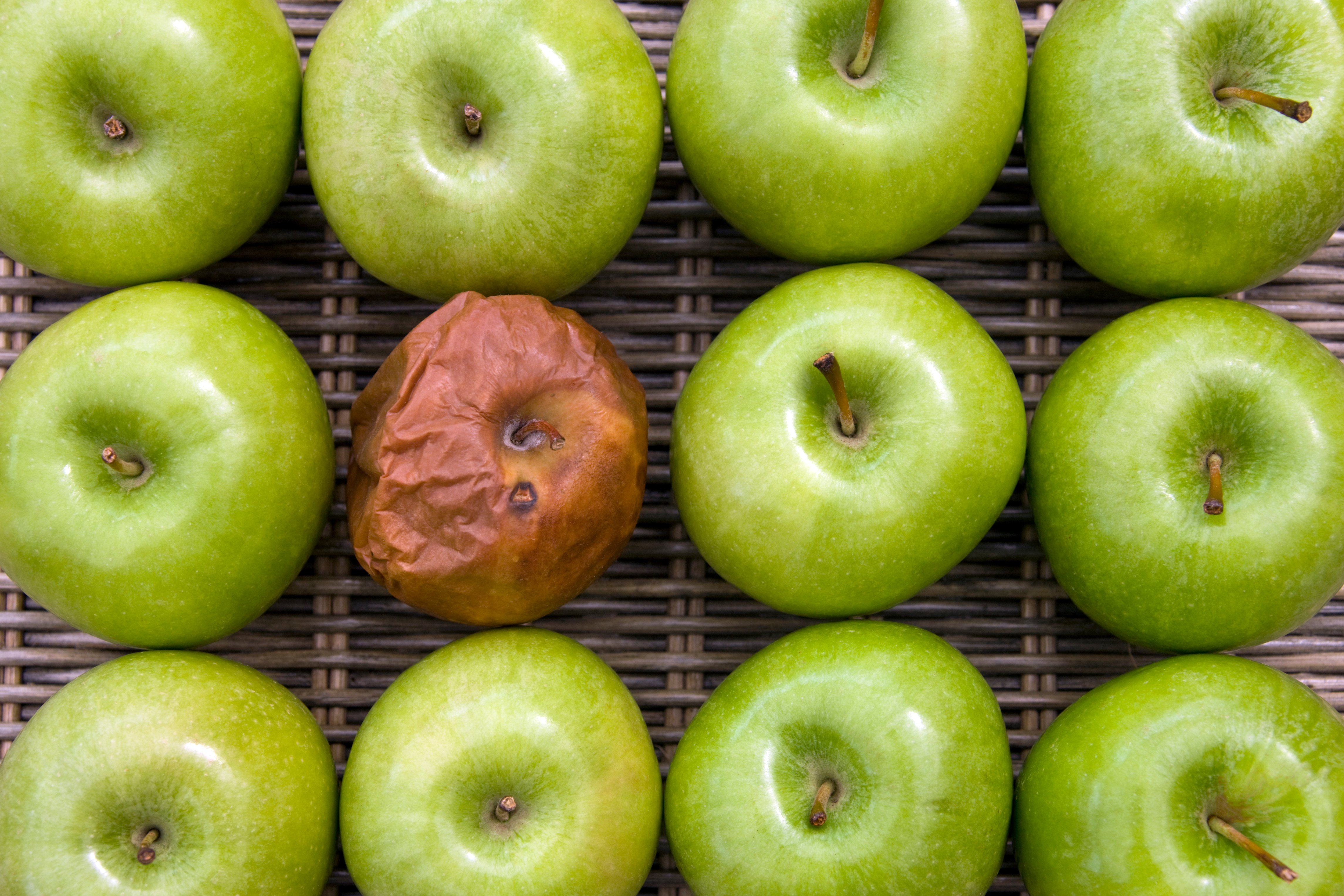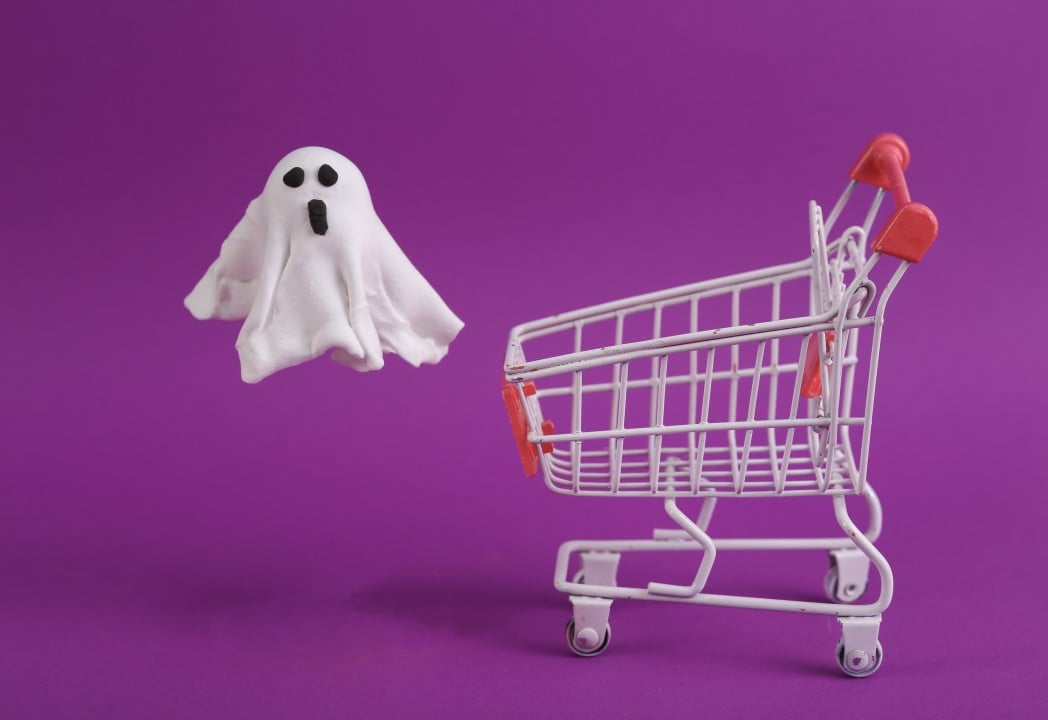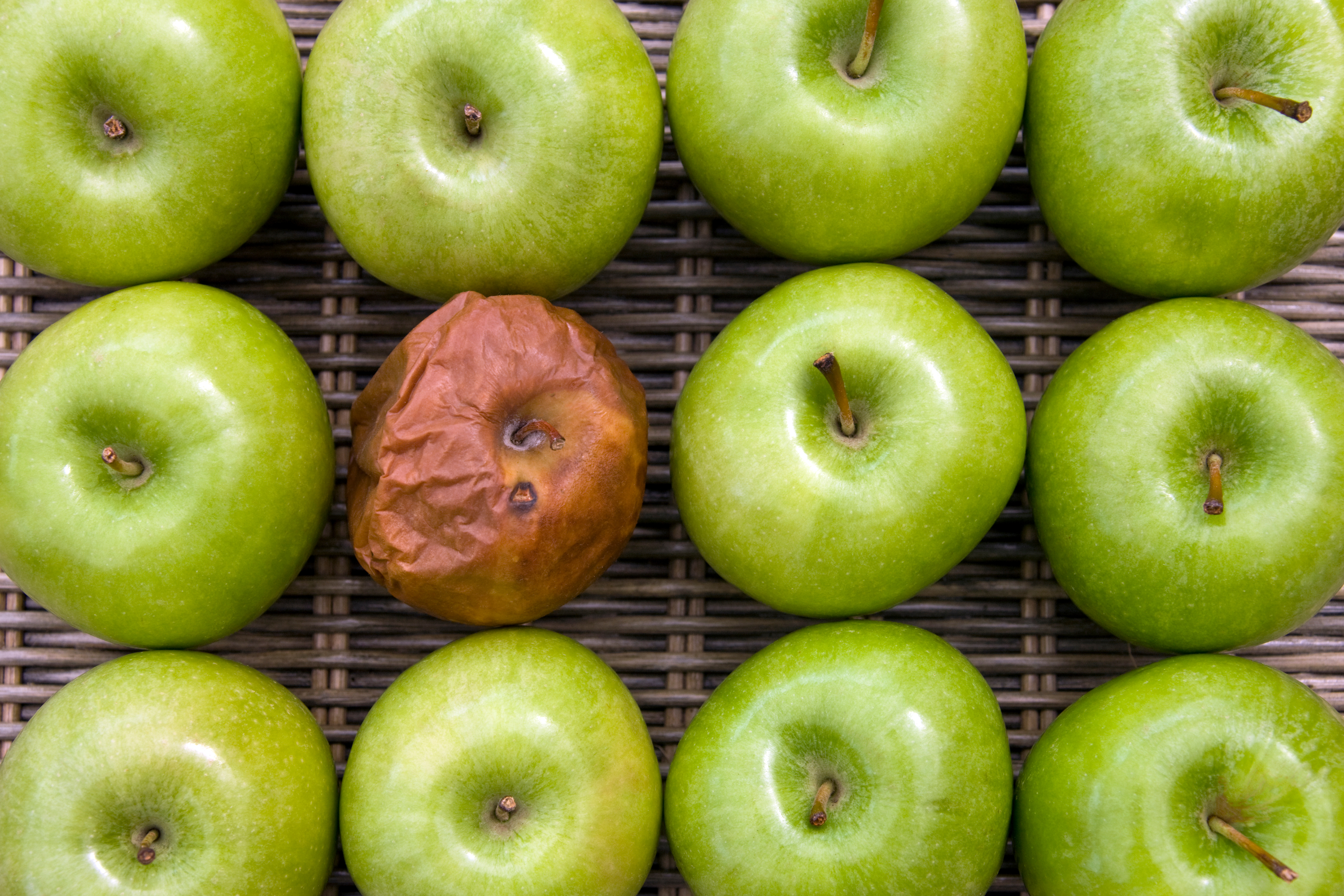5 Practical Strategies Grocers Can use to Reduce Shrink


Let's cut right to the chase: grocers have a shrink problem—particularly in fresh departments, which are increasingly becoming an important differentiator among food retailers.
Food waste is not only a costly problem in terms of profitability (accounting for nearly $100B in losses each year) but also in terms of its environmental impact (accounting for 8% of greenhouse gases annually). Grocers are looking for viable ways to reduce shrink and food waste, but it’s not so easy.
Difficult-to-predict variances in foot traffic and volatile shifts in consumer preferences make store-level demand forecasting difficult to get right, resulting in both costly overstocks and understocks that greatly contribute to shrink. Add into this equation the short shelf lives and high spoilage risks of fresh items and it becomes clear why shrink has gotten out of hand.
Fortunately, there are multiple strategies grocers can quickly implement to mitigate fresh item waste and its associated financial and environmental costs. Let’s dive in.

Strategy #1: Enhance Demand Forecasting Effectiveness with Fresher Data
Ordering the right amount of product is the natural first step for any shrink-reduction initiative. Most grocers utilize demand forecasting algorithms to predict the precise amount of product they need to order for a given product at any given time, but many of these algorithms rely too heavily on historical data that does not necessarily align with real-time buying patterns.
When you’re dealing with items that have a shelf life as short as two hours (in the case of fresh-prepared food), a more precise approach to demand forecasting is needed to avoid over- or under-ordering. To remedy this issue, grocers are beginning to leverage more granular, real-time data (fresher data, if you will) and place smaller, more frequent orders for fresh categories.
Capturing in-store sales and on-shelf availability data on a frequent basis and feeding that data into a forecasting software can give you more reliable demand predictions, but in order to leverage this data you must first equip your in-store teams with mobile technology that facilitates efficient on-shelf availability tracking and seamless data sharing.
This sort of end-to-end, closed loop approach to inventory management is one of the most viable long-term strategies for achieving just-right inventory and lower shrink rates.

Strategy #2: Collaborate Proactively with Vendor Partners
The success of your demand forecasting strategy hinges on your ability to communicate projected order quantities to your vendor partners in a timely manner.
Fresher data does enable grocers to place smaller, more frequent orders to better align with real-world demand and lower the likelihood of shrink, but the suppliers responsible for fulfilling these orders must be kept in the loop for this strategy to be effective.
By giving your vendors transparent, proactive insights into your projected order requirements, you can better prepare them to meet the type of high-frequency demand shifts that pave the way for lower shrink rates for short shelf-life items. But equally as important, it goes a long way toward maintaining healthy vendor relationships, great on-shelf availability, and, ultimately, amazing customer experiences.

Strategy #3: Optimize SKU Quantities & Displays
A subtly effective strategy for reducing fresh shrink is to strategically adjust on-shelf availability quantity for a given product at different times of the day or week. For example, if you know that foot traffic falls off in the evening on particular days, instead of offering the same quantity of fresh items that you do during peak hours, you can strategically raise and lower on-shelf availability to avoid waste and costly product loss.
While this dynamic approach to shelf management can be an effective means of reducing shrink, it does come with the risk of increasing out-of-stock occurrences for shoppers, and therefore lost sales. In order to strike the right balance of on-shelf availability, grocers must be confident in the accuracy of their store data and should consider making conservative, incremental improvements to their on-shelf quantities over time until they have achieved their desired shrink reduction rate.
Another challenge with frequent quantity/display adjustments is that it requires precise and efficient communication with teams. Adjusting display sizes throughout the day or week adds additional workload onto the shoulders of frontline store and field employees, so it is crucial to empower them with time- and effort-saving retail execution technology.

Strategy #4: Optimize Your Promotional Clearance Strategies & Execution
One of the most tried-and-true shrink reduction strategies for grocers is the good ole’ fashioned clearance rack. If you have product that is going to expire before shoppers purchase it, you might as well make the most of it by marking down the price and offering it to more budget-mindful shoppers.
The only problem with this approach is that many grocers do a suboptimal job of promoting these clearance shelves, usually banishing them to dark corners in the back of the store where shoppers are unlikely to come across them, let alone purchase them. This results in considerably more work on frontline teams to price and stock clearance shelves with negligible improvements to shrink reduction.
Grocers understandably want to give their freshest product the highest-trafficked floor spaces for the sake of maintaining a good customer experience. However, in the current economy, many shoppers are seeking out lower-priced alternatives for everyday goods, as seen in the continued growth of private label products. With this understanding, grocers should consider thinking more creatively about their clearance rack positioning and promotional strategy within stores.
As with the previous strategies, the effectiveness of this one also depends on your frontline teams’ ability to execute efficiently and effectively. When marking down prices and repositioning products that are on the tail end of their shelf life, every minute matters if you want to maximize the likelihood of shoppers purchasing product before it goes to waste.

Strategy #5: Search for Opportunities to Improve Quality Control in the Supply Chain
The last strategy we’ll discuss involves taking a close look at your supply chain procedures to ensure that perishable items are optimally preserved during transport and speedily passed along the supply chain. This can be one of the easiest and most cost-effective ways to extend the shelf life of fresh products and thereby reduce the likelihood of shrink, so it is well worth the effort involved.
One retailer was able to reduce shrink on berries by a staggering 30% simply by ensuring that the optimal temperature was maintained throughout the entirety of their supply chain journey, all the way up to the shelf, and by improving the speed of loading/unloading between trucks.
This strategy requires a detailed and comprehensive look at operational processes, which can be time consuming and not necessarily fruitful, so it is wise to focus first on products with the highest shrink rates and work down from there. It also requires ongoing commitment to auditing and monitoring to ensure that new procedures are consistently maintained, but when done right can yield significant improvements to shrink if you are able to identify and execute quality control improvements.
Want to discuss the latest retail trends with other industry leaders? Subscribe to the Shelf Help newsletter on LinkedIn and join the conversation.




